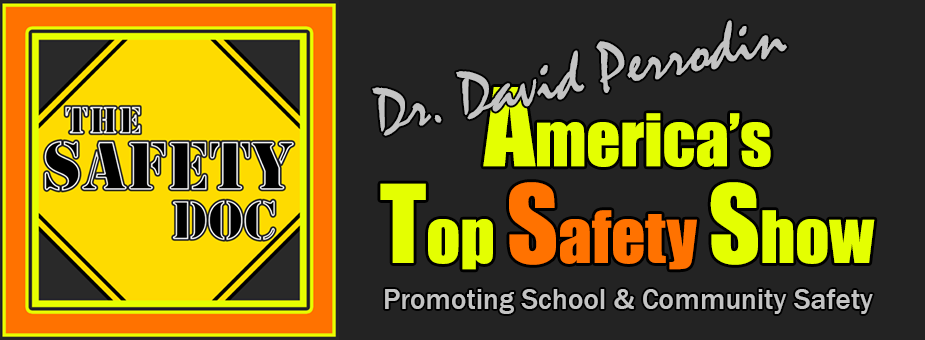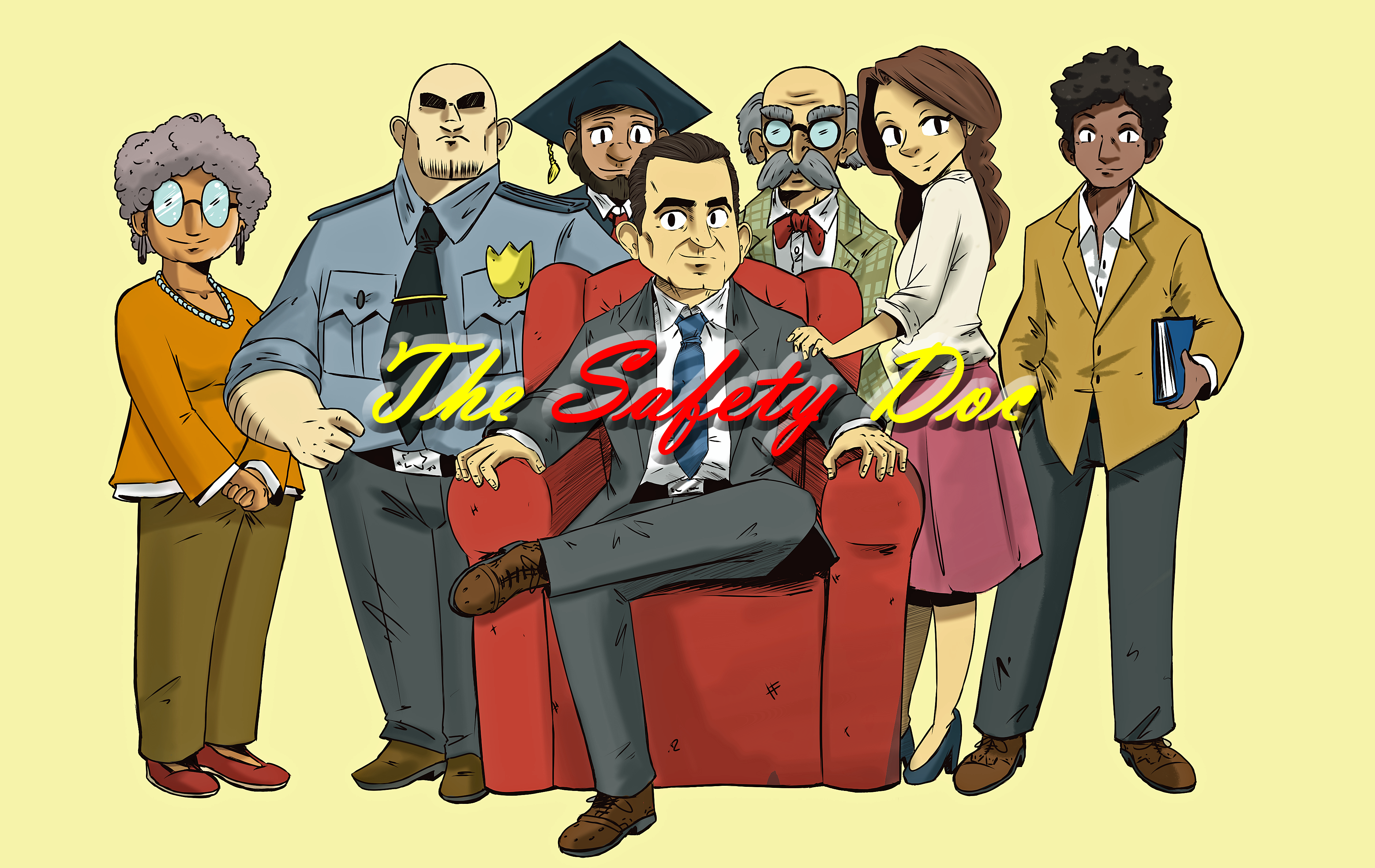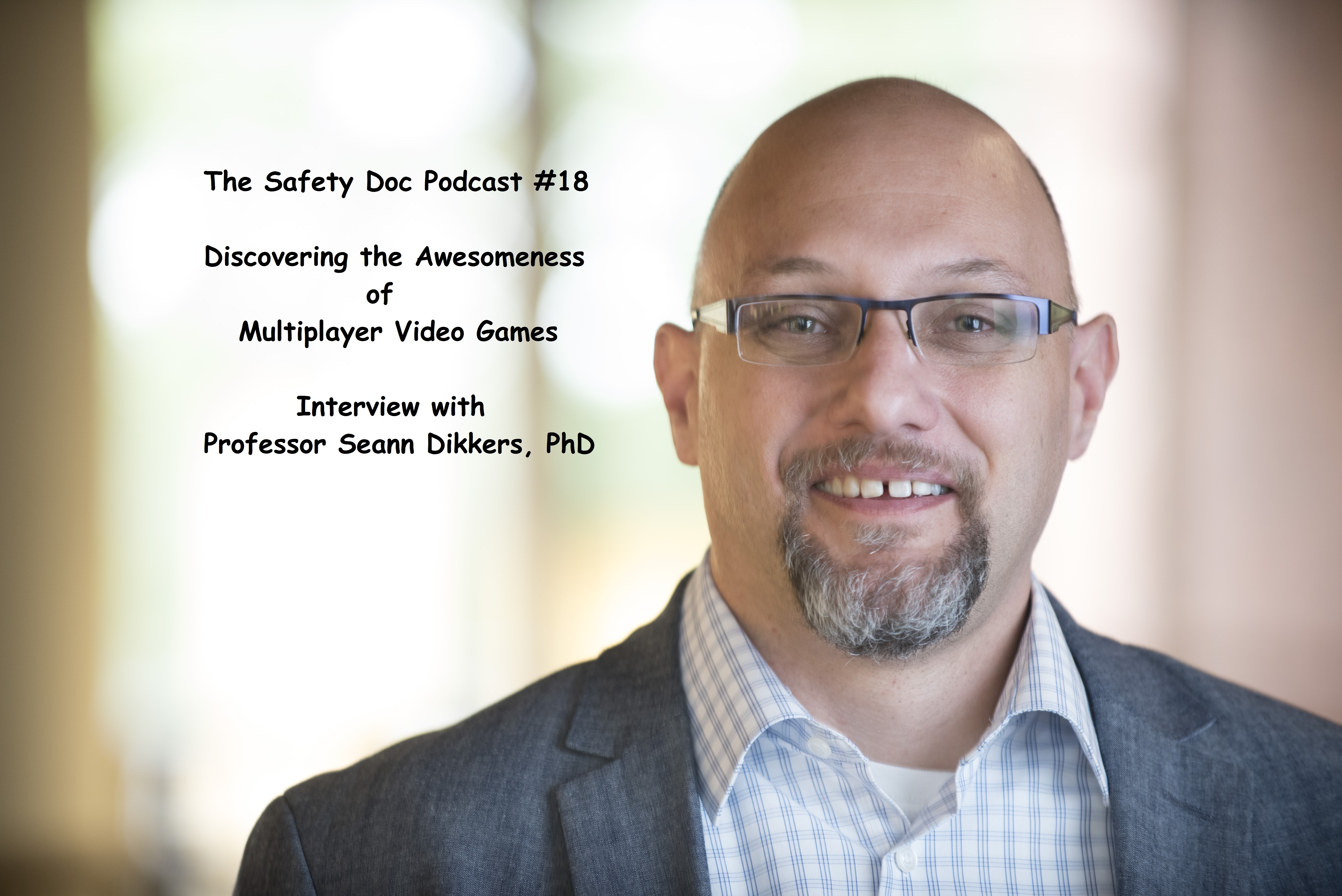Posts Tagged ‘@SafetyPhD’
Sanctuary Cities & The Law: Interview with Retired LAPD Detective Tom Marchetti – SDP#26
“Sanctuary cities is a big issue throughout the country and this discussion speaks on exactly what is being asked of local law enforcement in regards to criminal aliens versus the false narrative that local cops are being asked by the Feds to turn into mini ICE agents to enforcement immigration law.”
Read MoreForts, Foraging, Fishing, Nostalgia & Outrage – Being a 1980’s Kid – SDP #25
Articles and studies concur that today’s children do not enjoy the freedom of previous generations – and the effects are not making kid’s safer, but are actually destroying children’s coupling with nature and that deprivation is placing them at increased risks for depression and anxiety. We’ve gone too far and have insulated children from the sun, cold, wind, spider webs, raindrops, etc.
Read MoreCo-writing/directing a School Intruder Film with an Iconic Pulitzer Prize Winner – SDP#24
In the summer of 2016, David Perrodin “The Safety Doc” and Pulitzer-Prize winning author/producer David Obst toppled the established rhetoric narrative of school intruder cinema by writing a school intruder film based upon how most school intruder situations empirically complete – without harm to self or others.
Read MoreCAPTURED! A Look Back At The Bizarre Unraveling Of the Wisconsin Manhunt – SDP#23
One of the Midwest’s largest manhunts ended peacefully at a makeshift campsite in a remote area of Wisconsin farmland. Joseph Jakubowski, a Janesville, Wisconsin man accused of sending President Donald Trump a 161-page anti-government and anti-religious manifesto was uneventfully captured by law enforcement on the morning of April 14, 2017.
Read MoreMy Life in the Midst of a Manhunt – Navigating Armageddon – SDP#22
[podcast] David gives a vibrant inside-perspective of how he was literally at the center of what has unfolded into one of the largest manhunts in the Midwest. Working in a mile-long educational facility a mile from the fugitive’s home, Dr. Perrodin notes that the very first step is to consider the campus unsecure until facility…
Read MoreLogotherapy & Reclaiming Youth From the Existential Vacuum – SDP #21
Viktor Frankl’s Logotherapy is a relevant framework and also a confusing term as it makes one think of branding and not the Greek word logos, which is “meaning”. In this podcast, I share why it is important to make youth aware of Logotherapy as a perspective to counter the growing rhetoric of determinism and The Butterfly Effect that are eroding belief in free will and therefore distancing people from a sense of control over self or environment.
Read MoreMainstreaming, Inclusion, Tolerance, Acceptance – Oh My! Unsnarling Conflated Terminology – SDP #19
Listen to this episode at https://tinyurl.com/SDP19-AUDIO [podcast] “The Safety Doc” untangles the conflated terms mainstreaming and inclusion as well as the seemingly synonymous words tolerance and inclusion. A clear-cut definition of each designation postures the listener to grapple with the practices of debate, protests, and the non-aggression principle – all of which are powerful contributors to…
Read MoreDiscovering the Awesomeness of Multiplayer Video Games – Interview with Seann Dikkers, PhD – SDP #18
Dr. Dikkers regards video gaming the same as other media such as movies and music. It has become part of our society and just like heavy metal music, is not the causal factor of violent behaviors. In fact, as game play increases violent behaviors decrease. Seann examines digital game design and teaching and learning. What can we learn from video games to provide a meaningful experience in classrooms?
Read MoreTime to Expel Suspensions – Unpacking the School Discipline Debacle – SDP #17
Student suspension rates continue to drop across the United States. However, are we observing a genuine decline or the engineered result of creative new categorizing exempt from state and federal reporting?
Read MoreExamining the Patriot Act, Privacy, Freedom; Safety – Interview with Dylan Allman – SDP #16
Dylan Allman is a rising political scholar alarmed by the growth of government and its invasion into personal privacy as protected by the 4th Amendment of the Constitution of the United States of America.
Read More


